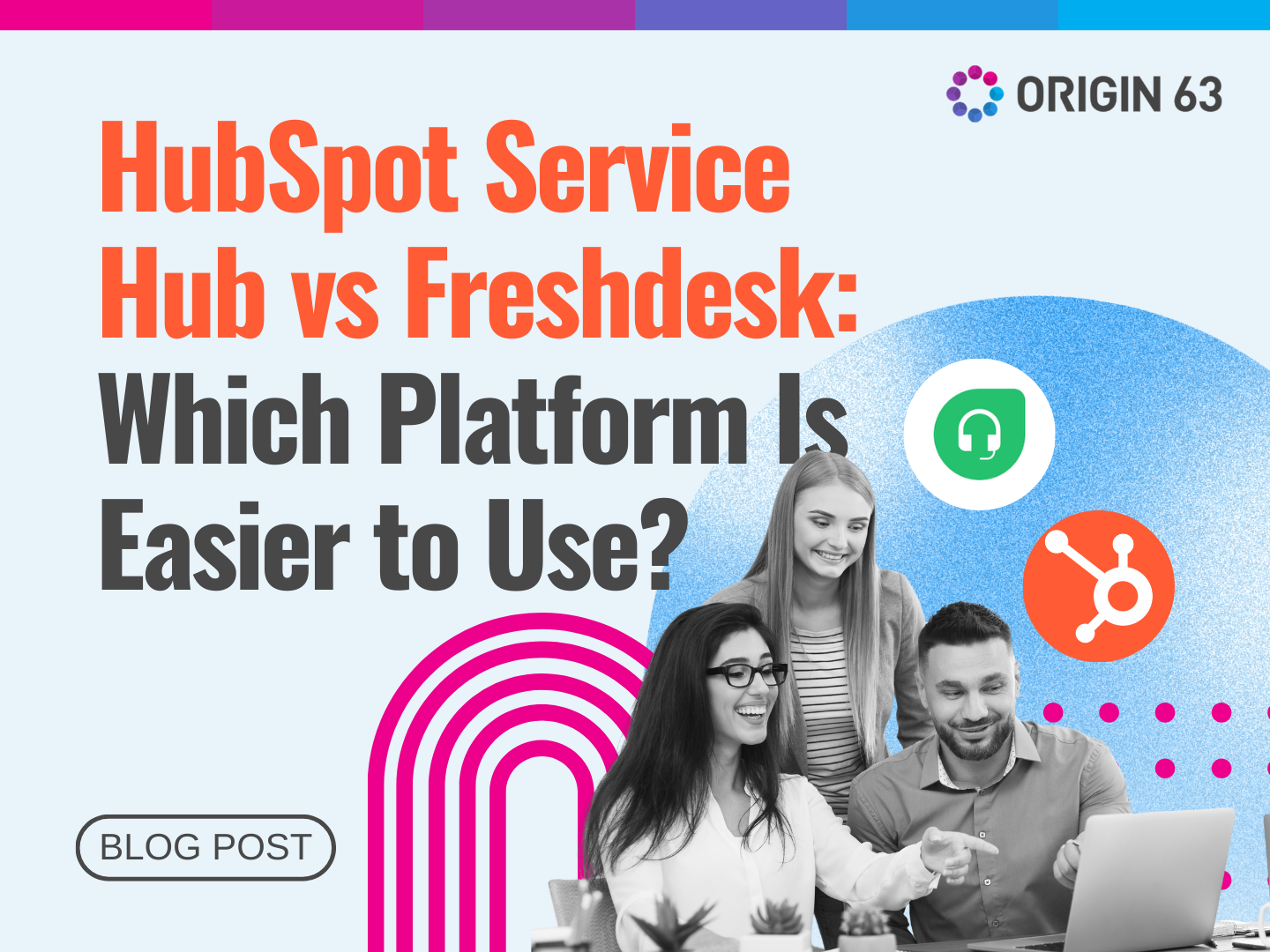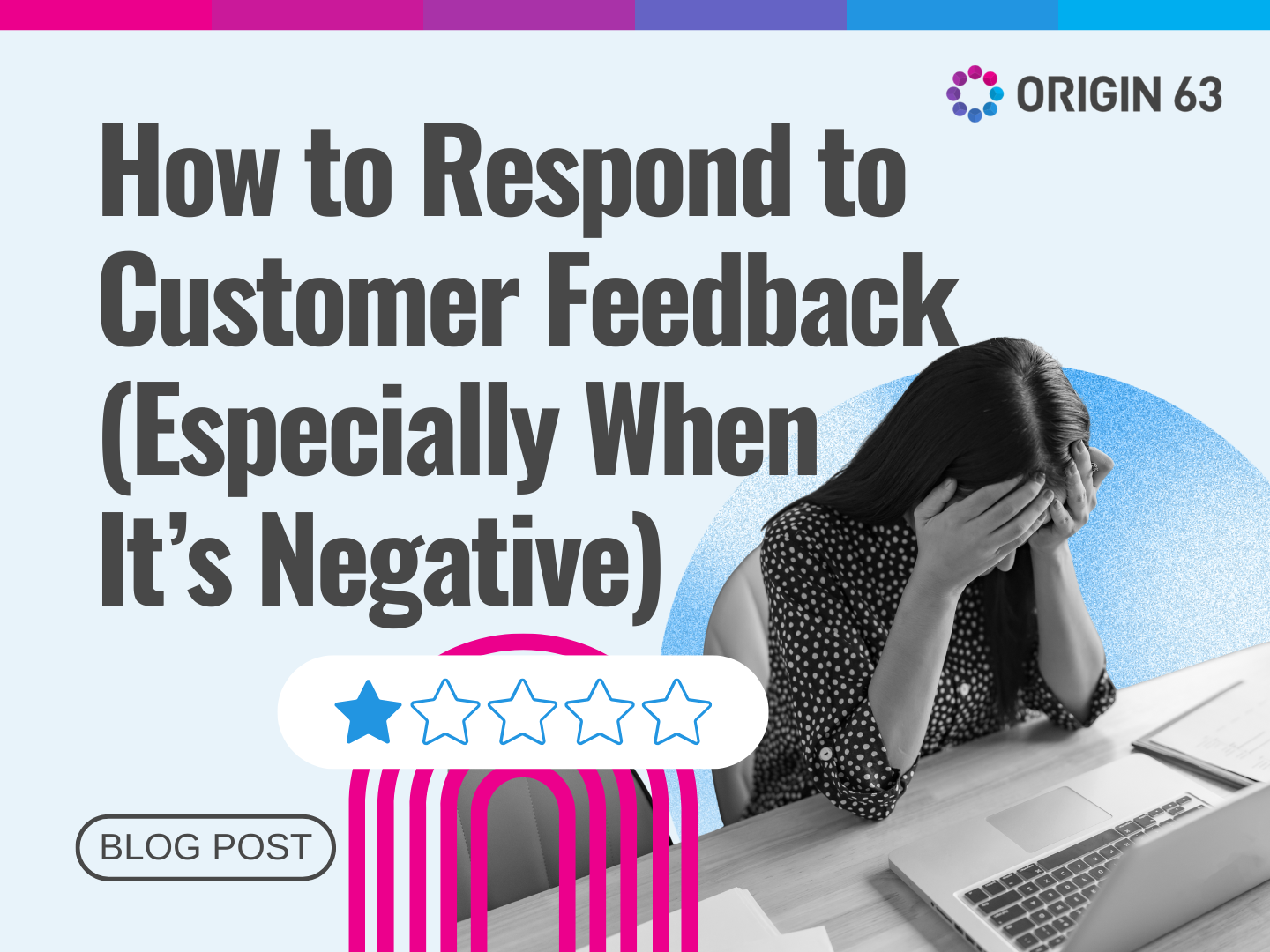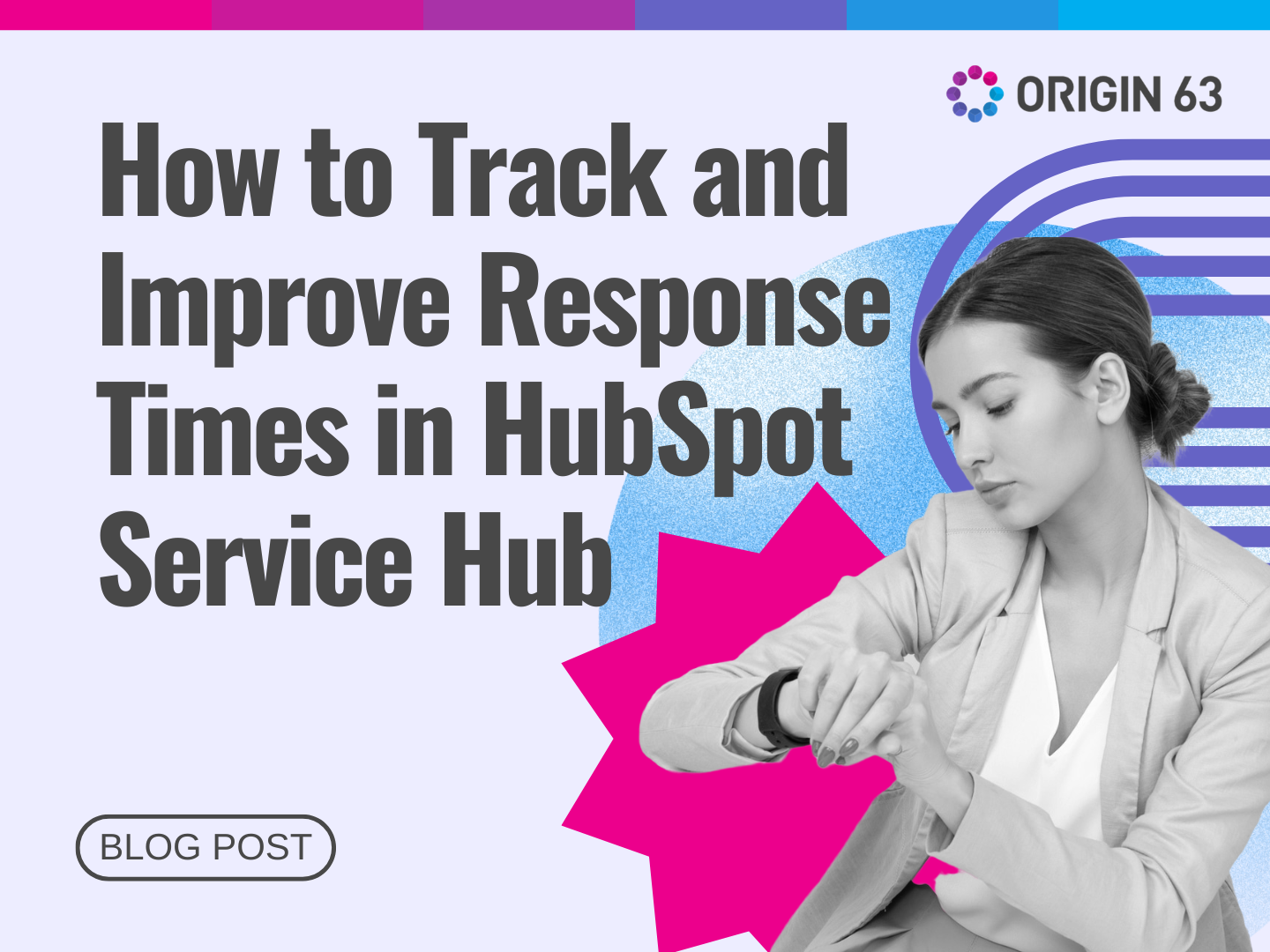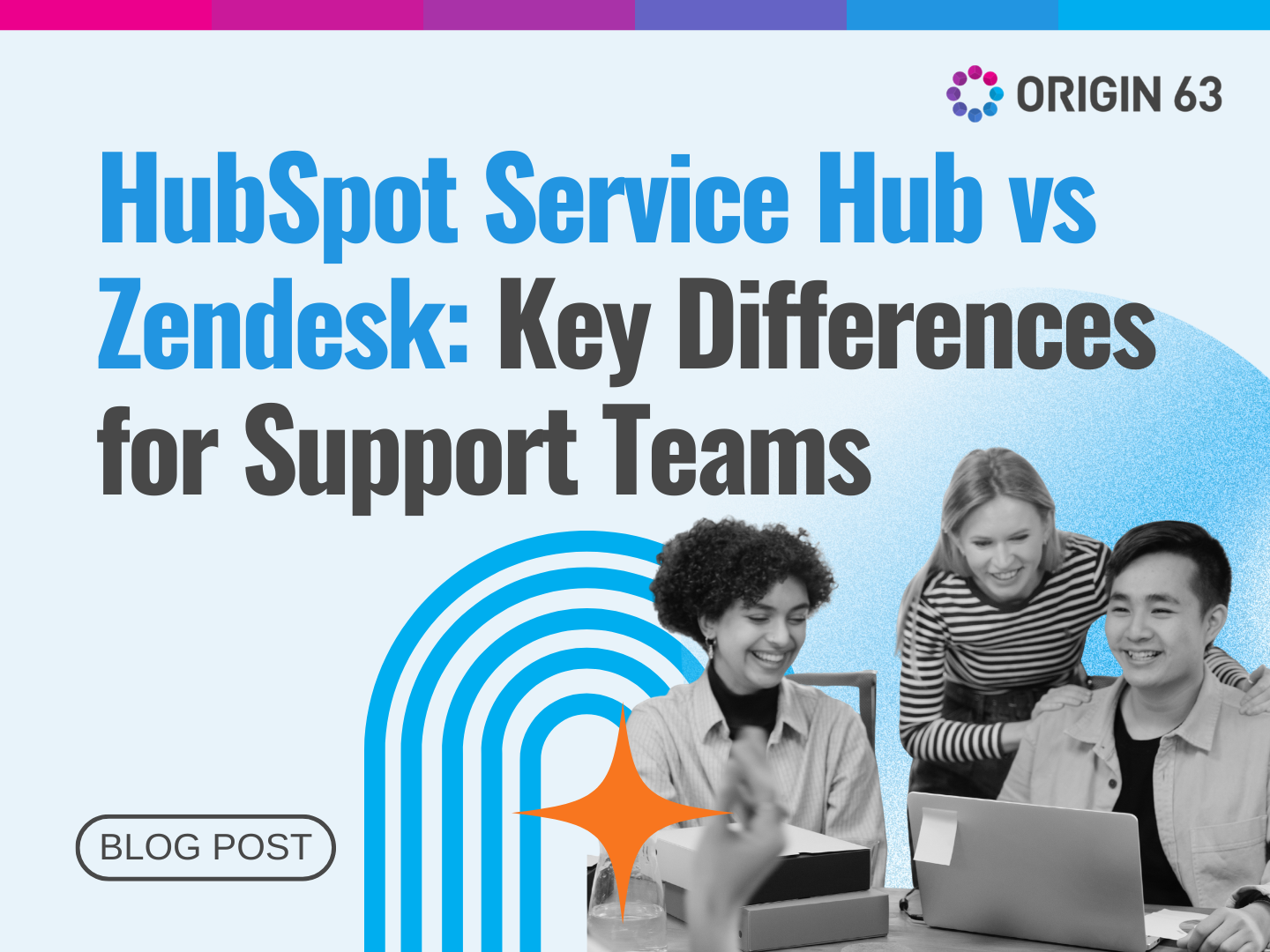Manufacturing demand is more unpredictable than ever. Supply chain shifts, distributor changes, and rising customer expectations make it harder to plan ahead.
Many mid-market manufacturers still rely on spreadsheets or outdated ERP reports. These tools slow down forecasting and keep teams reactive instead of proactive.
This blog will show how predictive CRM insights and HubSpot’s forecasting tools help manufacturers plan smarter. You’ll learn how to spot demand shifts early, build accurate forecasts, and modernize without disrupting operations.
Why Traditional Forecasting Falls Short

For many manufacturers, forecasting still happens in spreadsheets or through outdated ERP reports. These tools might feel safe because they are familiar, but they often cause more harm than good.
Instead of giving leaders confidence, they leave teams guessing and reacting to problems that could have been avoided.
Here are a few reasons traditional forecasting falls short:
1. Slow and Reactive
If you depend on spreadsheets, you already know how much time it takes to gather and clean the data. When your numbers are updated, the market may have shifted, and your forecast is no longer accurate.
This creates a cycle where you are always reacting rather than planning ahead. If you’ve noticed that production often scrambles to catch up with sudden changes, it is likely because your forecasting tools are too slow to keep pace.
2. Incomplete Insights
Spreadsheets and outdated systems only show you what has already happened. They rarely reveal early warning signs like shifts in service requests, distributor activity, or customer behavior.
Without these signals, you can’t prepare for what is coming next. That is why many sales teams have started to rely on smarter tools.
53% of salespeople now use AI tools that provide data-driven insights, because traditional forecasting alone is not enough to guide decisions in today’s fast-moving markets.
3. Higher Risk of Mistakes
If you have ever made one small mistake in a formula and watched it throw off an entire report, you already know the risk of manual forecasting. In manufacturing, a single error can result in overproducing, underproducing, or missing delivery schedules.
Each mistake costs time, money, and customer trust. The longer you hold onto manual methods, the more likely these costly errors become.
The Power of Predictive Analytics in Manufacturing
Predictive analytics is changing the way manufacturers plan for the future. Instead of relying only on past data, modern CRM insights help you spot signals that show where demand’s heading.
This shift from reactive to proactive forecasting gives you more control over production, inventory, and customer relationships.
Here’s what predictive analytics can do:
1. Spotting Early Signals

If you only look at sales numbers at the end of the quarter, you’re already too late. Predictive analytics lets you see changes as they happen.
For example, a rise in service requests could signal product issues, or sudden distributor activity might point to growing demand in a specific region.
When you’ve got access to these early signals, you can adjust schedules, secure materials, and prepare your workforce before problems turn into missed deadlines.
2. Turning Data Into Action
The real challenge with forecasting isn’t just collecting data but knowing what to do with it. Predictive analytics connects the dots by analyzing patterns that would take you hours or even weeks to notice manually.
It highlights trends that show whether demand is rising, risks are building, or customers are starting to shift their buying habits. Many sales professionals already see the power in this approach.
73% of sales professionals agree that AI can help them pull insights from data they wouldn’t be able to find on their own. For manufacturers, that means you’re not just looking at numbers on a page. You’re getting insights you can act on right away.
3. Moving From Guesswork to Confidence
If you’ve ever felt like your forecasts were little more than educated guesses, predictive analytics can change that. Instead of hoping you made the right call, you get reliable data that backs up your decisions.
This lets you align sales forecasts with production planning, balance inventory more effectively, and even prepare your service teams for changes in customer demand.
When you move from guesswork to confidence, you not only protect your operations but also build stronger relationships with customers who know they can rely on you.
How HubSpot CRM Supports Smarter Forecasting
HubSpot’s forecasting tools give manufacturers a clearer view of demand so they can plan with confidence. Instead of wrestling with spreadsheets, you get real-time insights that help sales, service, and operations stay aligned.
Here are some of the ways HubSpot makes forecasting smarter and easier for manufacturers:
1. Turning Pipeline Data Into Reliable Predictions

Traditional forecasting often leaves you wondering if the numbers are accurate. HubSpot removes that uncertainty by pulling data directly from your CRM pipeline.
You don’t need to export information or rebuild reports manually. Everything’s updated in real time, so your forecasts reflect what’s actually happening in the business.
When you can see how deals are moving through the pipeline and how customer activity is trending, you’re able to adjust faster. This makes it easier to hit quarterly targets without scrambling at the last minute.
2. Making Forecasts Easier for Teams to Use
Forecasting tools only work if your team actually uses them. If you’ve ever struggled with complicated spreadsheets, you know how quickly forecasting can become a chore. HubSpot’s forecasting interface is designed to be simple, visual, and easy to use.
With HubSpot, teams can:
- Check progress toward goals in real time.
- Estimate revenue by month or quarter without rework.
- Use forecasts in one-on-one meetings to coach reps more effectively.
When teams use forecasting daily instead of quarterly, the data becomes a living part of how they work. That builds better habits and keeps everyone accountable.
3. Customization That Matches Manufacturing Needs
No two manufacturers operate the same way, which is why flexibility matters. HubSpot lets you customize forecast categories and models to fit your processes.
Whether you’re tracking new deals, renewals, or upgrades, you can build forecasts that reflect the way your business actually runs.
This flexibility means you don’t have to change your entire workflow to fit the tool. Instead, the tool adapts to you, making adoption smoother for teams who may be hesitant about change.
4. AI-Powered Insights for Better Decisions
Better forecasting doesn’t just come from cleaner data. It also comes from the ability to see trends you might otherwise miss. HubSpot’s AI tools analyze past performance, weighted pipelines, and historical snapshots to highlight risks and opportunities.
Sales teams are already proving how valuable this is. 76% of sales professionals agree that AI can help organize and share data more effectively. For manufacturers, this means information doesn’t stay siloed.
Everyone from sales to service to operations can work from the same set of insights, making it easier to anticipate demand shifts, adjust inventory, and set realistic sales goals.
5. Complete Visibility Across Teams

Good forecasting should give leaders a big-picture view while still letting them dive into the details. HubSpot makes this possible with rollup views that show forecasts at the team level, while also allowing managers to drill into individual performance.
This level of visibility is especially important in manufacturing, where sales, operations, and service teams all depend on each other. When everyone’s working from the same forecast, you avoid misalignment that could lead to overproduction, missed orders, or unhappy customers.
Why Work with Origin 63
Modernizing forecasting and CRM tools is a big step, and it helps to have the right partner by your side. Many manufacturers try to manage it on their own, only to find the process takes more time, money, and energy than expected.
Here’s how Origin 63 helps manufacturers succeed with CRM modernization and forecasting:
Guidance From Start to Finish
If you’ve never led a CRM migration or forecasting project before, it can feel overwhelming. You may not know where to begin, how to integrate your ERP, or how to prepare your teams for the change.
Origin 63 walks you through every stage, from planning and rollout to training and adoption, so you’re never left guessing what comes next.
A Process Built for Manufacturing
Manufacturing has unique challenges that other industries don’t face. Your workflows depend on precise timing, smooth logistics, and accurate customer data.
At Origin 63, we design CRM and forecasting strategies with these needs in mind. That means your sales, operations, and service teams all benefit from tools built for the way you actually work.
Confidence in the Transition
Leaders often worry that adopting new tools will disrupt production. We understand how important it is to keep lines moving and customers happy.
With Origin 63, you get a phased, strategic approach that keeps operations steady while setting your business up with modern CRM and predictive tools that drive growth.
Moving From Guesswork to Growth
Relying on spreadsheets and outdated reports leaves manufacturers reacting instead of planning. Predictive CRM insights and HubSpot’s forecasting tools make it possible to see demand shifts early, reduce mistakes, and keep production aligned with sales.
When your teams work from the same data, you build efficiency, strengthen customer trust, and stay ahead in a changing market.
Modernizing your forecasting process is not about disruption; it’s about stability. With the right tools, you can move from guesswork to confidence and set your business up for long-term growth.
Take the Next Step
Work with Origin 63 to bring HubSpot forecasting tools into your manufacturing operations. We will guide you through planning, rollout, and adoption so your teams can anticipate demand shifts, align production with sales, and grow with confidence.














.png?width=90&height=90&name=Arrows%20Partner%20Badge-test%20(1).png)

